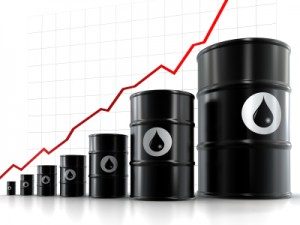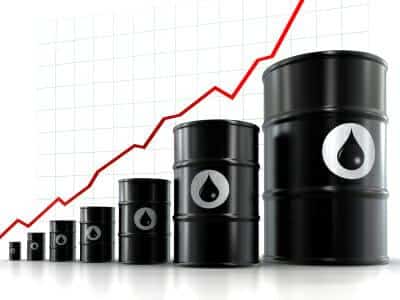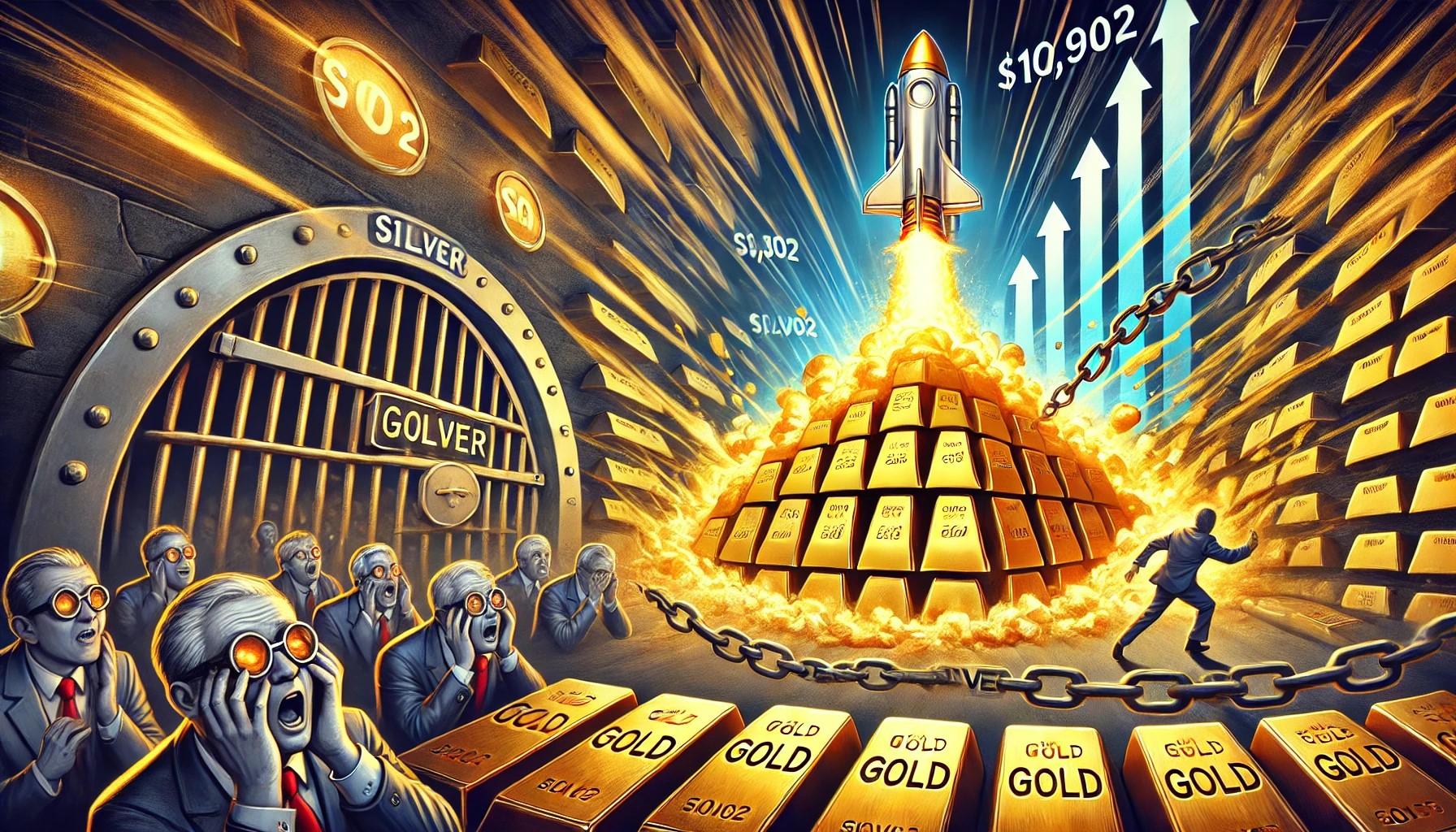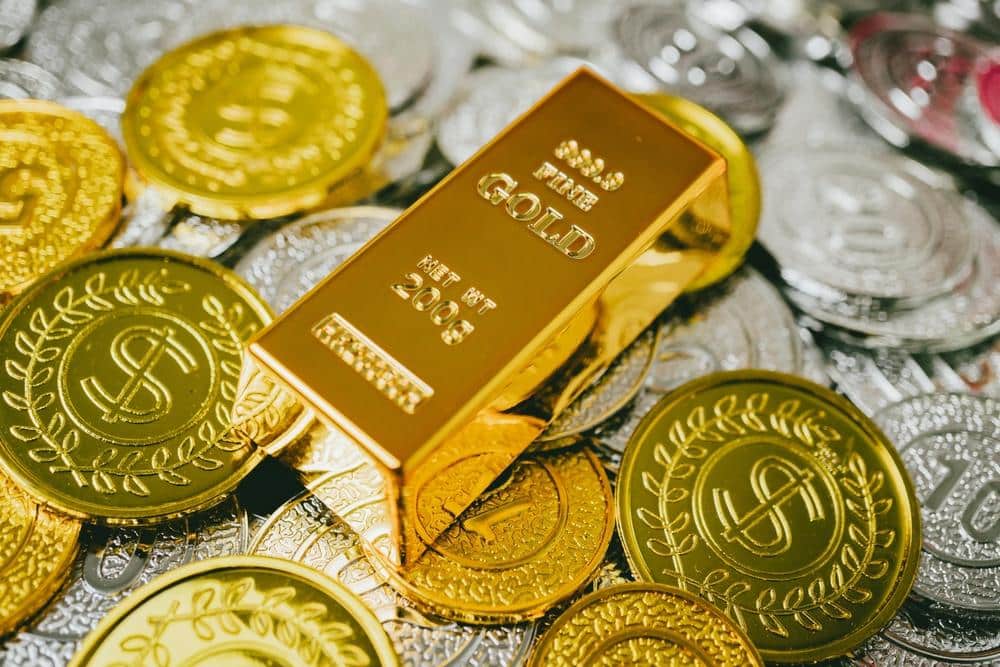With the announcement that Iran is halting its crude oil exports to Britain and France, oil prices shot to almost $105 a barrel in Asia today. Prices at the pump are already past $3.50 a gallon with the summer season still three months away, with some areas in California experiencing $4 or more a gallon. The impact goes far beyond families cutting back and where they go for summer vacation, however.
 Though oil prices were already rising, Iran’s decision to halt crude shipments has accelerated the cost spike. Once again, a single Middle Eastern country appears to be able to throw the world economy into chaos. Iran cut off crude oil shipments as an apparent pre-emptive measure with the European Union after its bloc imposed sanctions on Iran’s crucial fuel exports. That bloc by the EU included freezing Iran’s central bank assets and a planned oil embargo set to begin in July.
Though oil prices were already rising, Iran’s decision to halt crude shipments has accelerated the cost spike. Once again, a single Middle Eastern country appears to be able to throw the world economy into chaos. Iran cut off crude oil shipments as an apparent pre-emptive measure with the European Union after its bloc imposed sanctions on Iran’s crucial fuel exports. That bloc by the EU included freezing Iran’s central bank assets and a planned oil embargo set to begin in July.
Iran’s oil minister, Rostam Qassemi, warned earlier this month that Tehran could cut off oil exports to what it considers “hostile” European nations. The 27-nations of the European Union account for about 18% of Iran’s oil exports.
The real reason for this latest standoff isn’t really about oil at all. Both the United States and the EU have imposed sanctions against Iran in an effort to disrupt its nuclear program. Though Iran denies the allegations, a number of Western nations are convinced that nuclear program is aimed at developing nuclear weapons.
But the oil prices picture is too complicated to point to one country or event as the cause for escalating prices. China has decided to boost the money supply in an effort to stimulate lending and economic growth. China’s central bank said last week it would lower the ratio of funds that banks must hold in reserve. That move frees tens of billions of dollars.
Why Silver Will Become The Explosive “Super-Metal” During The Coming Collapse
This shines the light on another culprit in roller coaster oil prices – speculation. The rise in oil prices began earlier this month amidst optimism the global economy will grow more than previously expected. JP Morgan raised its Brent crude price forecast to as high as $135 from $120.
“Building economic momentum has the potential to pull oil prices higher for the next 12 to 24 months,” JP Morgan said in a report.
At $3.53 a gallon, prices are already up 25 cents since the beginning of the year. And experts say they could reach a record $4.25 a gallon by late April.
“You’re going to see a lot more staycations this year,” says Michael Lynch, president of Strategic Energy and Economic Research. “When the price gets anywhere near $4, you really see people react.”
The Obama administration has been touting an improving economy and what it claims to be low inflation. But the figures it provides leave out the two biggest ticket items for the average American – gas and food prices. Higher gas prices inevitably hurts consumer spending as families see their budget hard bit by two items they can’t eliminate.
Americans spent 8.4 percent of their household income on gasoline last year when gas averaged an all-time high of $3.51 a gallon. That’s double the percentage a decade ago and they could pay even more this year. Making this even more troubling is the main factor that causes gas prices to rise, demand, is at its lowest in over a decade. Tom Kloza, chief oil analyst at OPIS points out that Americans are driving fewer miles now than in the last 11 years due to more fuel efficient cars.
The tensions with Iran show no sign of abating. Europe and the United States are tightening economic sanctions against Iran. It in turn is threatening to block the Strait of Hormuz, a waterway along its coastline through which one-fifth of the world’s oil flows, and withhold its own oil deliveries.
An international banking clearinghouse essential to Iran’s oil sales said it is prepared to suspend services to Iranian financial institutions targeted by EU and U.S. sanctions. Such actions will put more pressure both on Iran and world oil prices.










